
Main types
- moldy;
- yeast;
- Dermatophytes.
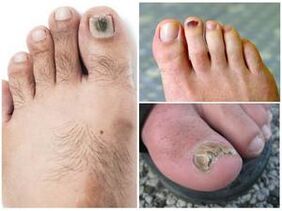
If the necessary measures are not taken, the scale of the damage will be enormous and the process of walking will be accompanied by pain. By understanding what foot fungus looks like and how it manifests, patients can seek expert help promptly and avoid dangerous consequences.
If the damage is too severe, use high-efficiency dressings and emollients. Success in fighting the disease depends on the patient's sense of responsibility and willingness to start treatment on time.
Mode of infection
- If a person uses items and personal belongings that are carriers of the fungus.
- If a person comes into contact with items used to care for pets.

- Inadequate functioning of the nervous and endocrine systems. Therefore, the protective mechanism is weakened.
- The development of chronic infectious diseases can have a negative impact on the immune system and increase the likelihood of fungal emergence.
- Excessive sweating of feet. This discomfort is the result of a congenital condition or wearing uncomfortable shoes.
- Changes in sweat composition. This process creates a breeding ground for fungal microorganisms, causing them to become activated.
Symptoms of erythrophytosis
- Abdominal distension with a dense crust.
- Pustules and swelling appear.
- Severely corrosive to skin.
- Scales and scabs appear on the skin, causing pain.
- The process of yellowing and deformation of the nail plate.
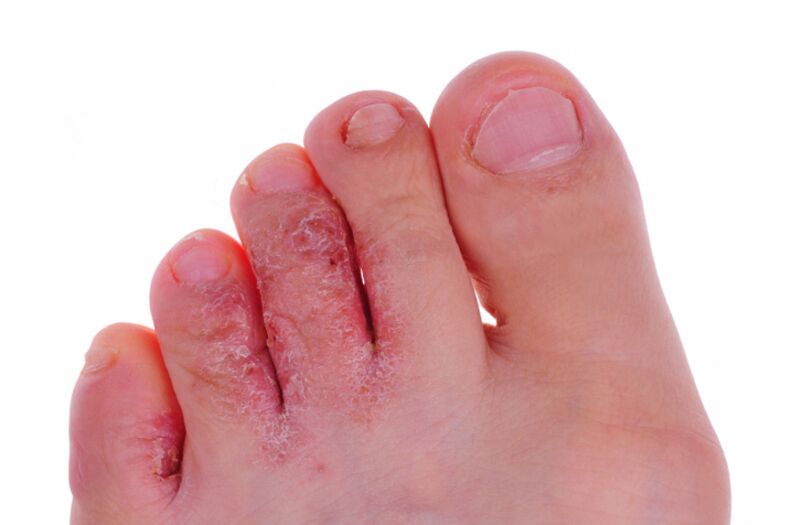
Candidiasis of the feet
- Prolonged exposure to water can cause the skin layers to massively separate from each other.
- An accident occurs at home or at work.
- Using shoes of the wrong size or material.
Symptoms of onychomycosis
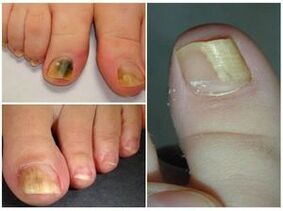
- Nutrition is normal. As it progresses, the color of the nails turns yellow-brown. The thickness and shape of the nails remain unchanged.
- Thick. This can lead to eventual changes in color, loss of shine and distortion of the nail shape. This type of onychomycosis causes pain and does not allow the patient to move freely. Wearing uncomfortable shoes can exacerbate this problem.
- Nail stripper. The pathology can cause a change in nail color, causing the nails to turn brown. Additionally, the board will lose its usual strength and begin to delaminate. Deformed layers occur in exposed areas of the nail bed.
effective treatment

folk remedies
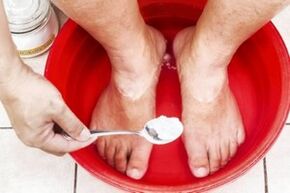
- boric acid;
- apple cider vinegar;
- hydrogen peroxide.

Hardware solutions
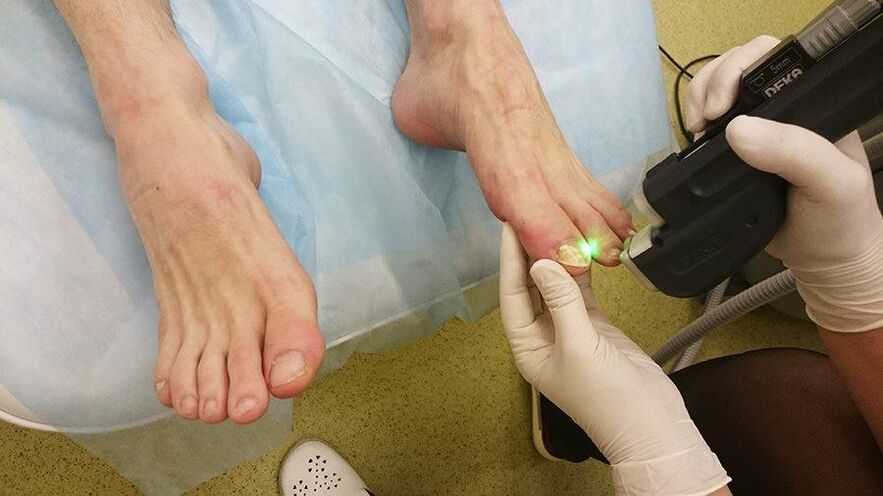
If you follow the basic rules of skin care for foot mycosis, it is quite possible to eliminate this dangerous pathology. It is important not to delay future treatment and, if suspicious symptoms occur, to take appropriate measures immediately.















